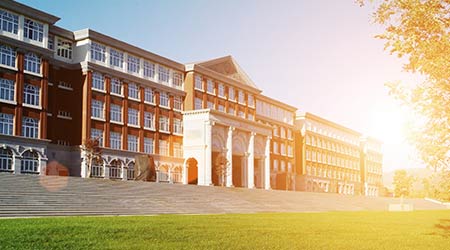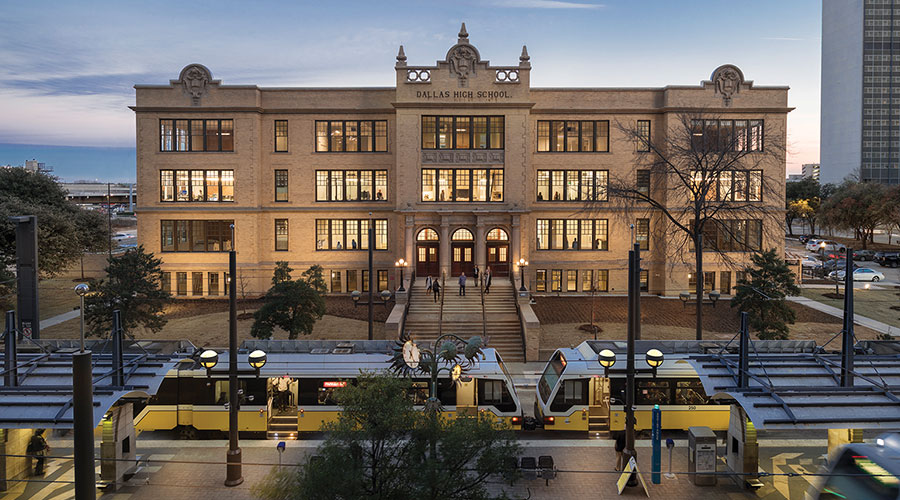
Creating Dynamic Facilities for the Next Generation of Students
April 11, 2019
At NFMT 2019, a panel session with Alex Kogan of The Rockefeller University and Randolph Campbell from the University of Virginia yielded some great tips and advice for facility managers in higher education facilities on how to create dynamic, productive facilities for the next generation of students.
Randolph told an anecdote about how he and his staff have taken to the practice of putting, for example, chemistry professors in engineering buildings. This results in huge cost savings because it means that if space that fits their needs is available, it shouldn't require renovating a whole office just to shoehorn them into a specific building. At first there was resistance, but then the professors realized they were better able to do cross-discipline collaboration.
Kogan talked about how critical collaborative space is now. Ten to 15 years ago, they never would have considered putting a lounge in a building, but now, it's what both students and professors want. As well, such space has a health and wellness benefit because it gives teachers and students a place to relax.
New technology was also a subject of much discussion. It's not enough anymore just to make sure the WiFi is working. Campbell mentioned how careful he has to balance student and teacher wants and needs — most teachers don't want students distracted by handheld devices in classrooms, so they’re still requesting traditional whiteboards and chalkboards. But for students, new technology is what they're looking for when deciding on a college, so facility managers are tasked with balancing the traditional with the new and cool.
Finally, sustainability is a huge part of any higher ed facilities strategies these days. Alex Kogan talked about how important it is to make sustainability initiatives visible. At Rockefeller, the "students" are scientists and are so focused on their research, they often aren't careful with energy efficiency or recycling or any of the other most common sustainability practices. But Kogan said showing them how campus-wide sustainability initiatives benefit everyone will then, well, truly benefit everyone.
Greg Zimmerman is executive editor of Building Operating Management. Read his cover story on how buildings are tackling climate change.
Next
Read next on FacilitiesNet












